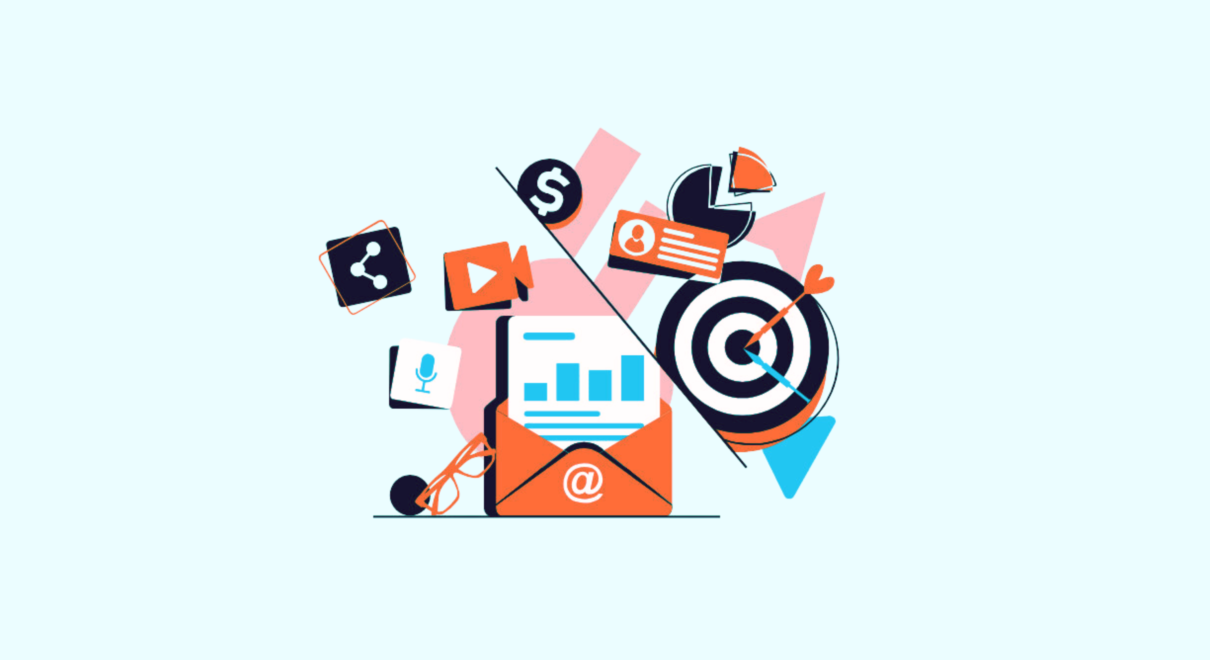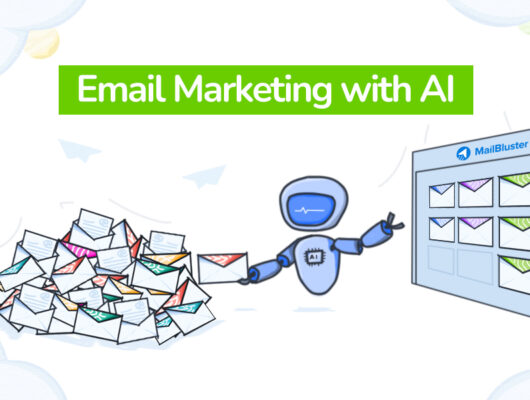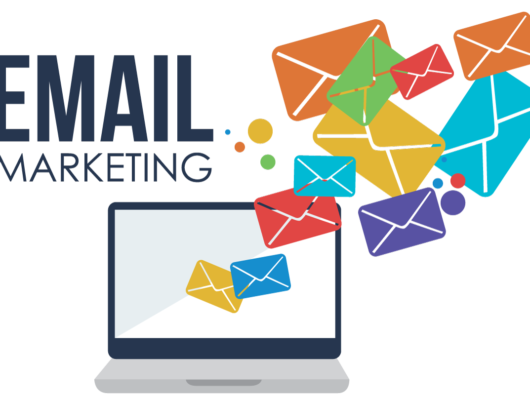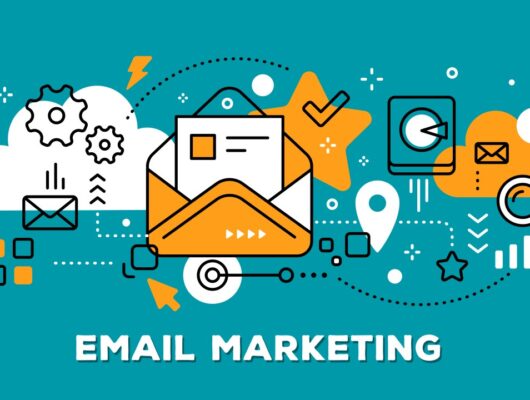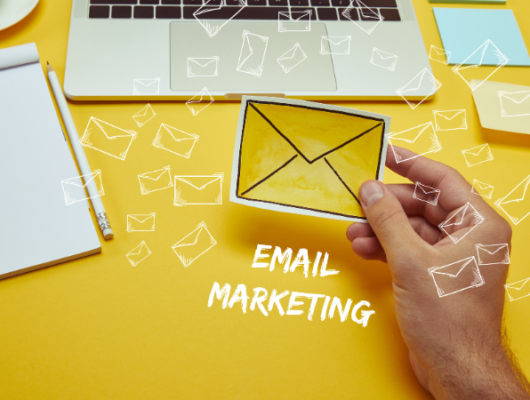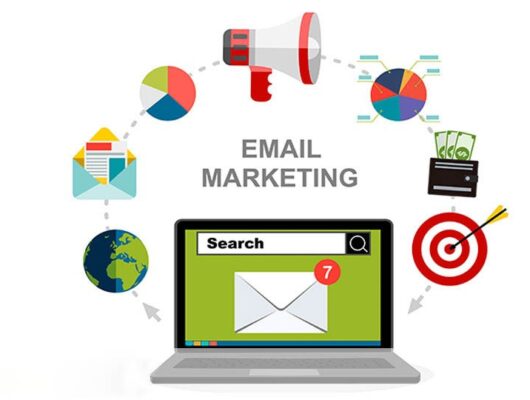Email marketing automation is a transformative approach that allows businesses to send timely, relevant, and personalized messages to their audience without the need for constant manual intervention.
By automating email campaigns, companies can increase efficiency, improve customer engagement, and boost conversions.
This article explores the benefits of email marketing automation and offers strategies for effectively implementing these tools.
Understanding Email Marketing Automation
What is Email Marketing Automation?
Email marketing automation involves using software to send out emails automatically, based on triggers and schedules you define. This can include anything from a simple welcome email to complex sequences based on user behavior, such as past purchases or interactions with your site.
Benefits of Automation
- Efficiency: Automate repetitive tasks, saving time and resources.
- Relevance: Send targeted messages based on user behavior, increasing relevance and engagement.
- Scalability: Easily manage large volumes of email, scaling your efforts as your list grows.
How to Implement Email Marketing Automation
1. Define Your Goals
Before implementing automation, clearly define what you aim to achieve. Whether it’s increasing sales, boosting engagement, or nurturing leads, your goals will determine the types of automated campaigns you should set up.
2. Segment Your Audience
Effective automation relies on sending the right message to the right person at the right time. Use segmentation to group your audience based on behavior, demographics, or engagement levels, tailoring your automated emails to fit each segment’s characteristics.
3. Set Up Trigger-Based Emails
Trigger-based emails are sent automatically when a user performs a specific action, such as signing up for your newsletter, making a purchase, or abandoning a shopping cart. These triggers ensure that your communication is timely and relevant, increasing the likelihood of conversion.
4. Personalize Your Messages
Personalization goes beyond addressing the recipient by name. Tailor the content of your emails based on the recipient’s past behavior, preferences, and data. Personalized emails significantly increase open rates and customer satisfaction.
5. Test and Optimize
Continuously test different aspects of your email campaigns, from the subject line to the call to action. Use A/B testing to determine what works best with your audience, and use these insights to refine your automation strategies.
6. Monitor and Adjust
Keep a close eye on how your automated emails perform. Analyze key metrics like open rates, click-through rates, and conversion rates. Use this data to make informed adjustments to your campaigns, improving their effectiveness over time.
Best Practices for Email Marketing Automation
Choose the Right Platform
Select an email marketing platform that suits your business needs. Look for features like integration capabilities, ease of use, and robust analytics.
Keep Your Data Clean
Regularly update and clean your email lists to remove inactive subscribers and incorrect email addresses. This helps maintain high deliverability and engagement rates.
Respect User Preferences
Always give subscribers the option to control their email preferences. This enhances user satisfaction and reduces unsubscribe rates.
Conclusion
Email marketing automation is a powerful tool that can transform how businesses interact with their customers. By automating repetitive tasks and personalizing communication, businesses can achieve more with less effort, driving significant improvements in engagement and sales.
With careful planning, ongoing testing, and constant refinement, email marketing automation can become a cornerstone of a successful digital marketing strategy.


